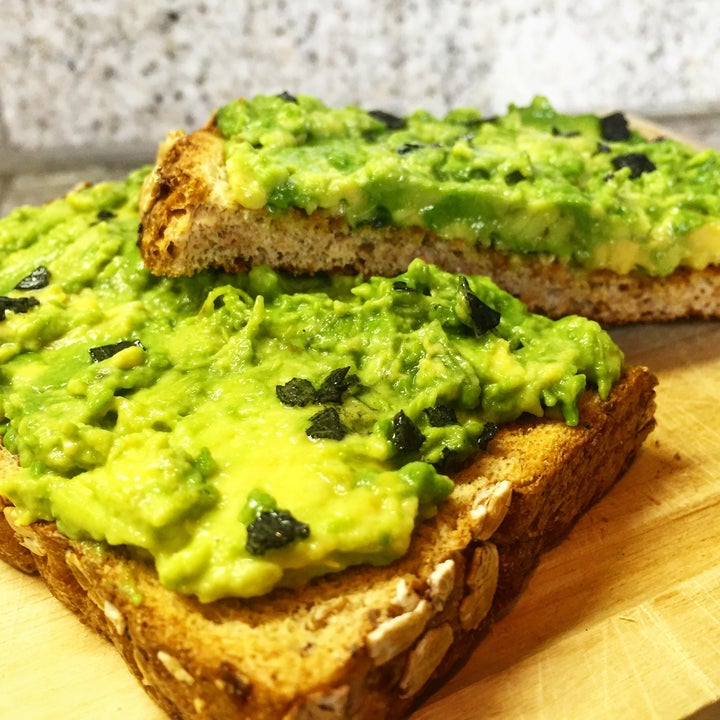
Snacks. The word alone brings up images of store bought, sugar filled fruit bars, cookies and fried potato chips. With more health food trends and new products coming out every week, it’s easy to see how you can become confused with not just what to eat, but when to eat it. Especially for those looking to lose weight. This is a topic that many of my clients ask me about when they come see me at my private practice: “Should I snack or not, in order to lose weight.” Well, let’s just say that I usually surprise them with my recommendations of eating more frequently, not less, to lose weight.
Sarah Koszyk, MA, RDN, registered dietitian and author of 365 Snacks for Every Day of the Year, weighed in on the topic of snacking. “Proper snacking can assist with weight management, increase metabolism, optimize energy, improve blood sugar control, reduce sugar cravings, better control hunger levels, and improve overall health. This can result in eating less at the main meals and/or choosing healthier food options during the main meals.” This is great advice as Sarah is touching base on the mechanisms of hunger. Hunger is controlled by ghrelin, a hormone secreted in the stomach when we are hungry. Ghrelin is also known to increase appetite, so while the body is asking for food, it strategically triggers appetite in the brain. It also decreases our metabolism and ability to burn fat. So, when is the best time to snack in order to combat this little gremlin in our stomach?
Ghrelin spikes when we wait more than four hours between meals or skip them. Research tells us that eating every three to four hours is about the right interval to manage ghrelin, which controls both hunger and appetite. For example, within thirty minutes after a meal, ghrelin begins to rise steadily until the next meal. Studies have shown that a longer break between meals is associated with a more significant increase in ghrelin production. How does this translate into the type of food you eat? Some people go straight for food that are high in sugar, claiming an addiction. Koszyk says that “People who are self-proclaimed ‘sugar addicts’ and crave that sugar or caffeine pick-me- up in the afternoon can reduce their sugar addictions by eating a healthy, well-balanced snack containing both protein and fiber-filled carbohydrates.” Studies show that carbohydrates are the best option to lower ghrelin, with proteins coming in second. This is because when you’re not eating carbs, your glucose levels decrease.
Studies have also demonstrated that there is less ghrelin produced in the average person between breakfast and lunch (a three- to four-hour break) than between lunch and dinner (typically six hours), so timing the space between meals is a critical modulator of ghrelin. With this knowledge, most people may not need a snack between breakfast and lunch. But you most likely will need a snack between lunch and dinner. This is super important for controlling your hunger and helping you achieve your weight loss goals.
Another important thing to remember is that ghrelin spikes when we lose weight. Why? Because your body only cares about survival. It wants homeostasis, or the status quo. Your body thinks losing weight is dangerous, so as you start to lose, you need to be extra mindful of your ghrelin function. Your body will fight back if you don’t approach weight loss in a steady, sensible way, working with your ghrelin instead of against it.
Now that we know the importance of snacking to lose weight, here are some good snack samples for you to try out. Remember, buy the ingredients over the weekend so you can plan your snacks for the work week.

Prosciutto and Figs
This Mediterranean inspired snack satisfies the salty-sweet cravings. Wrap the prosciutto around the figs for a deliciously tasty treat.
2 ounces prosciutto + 3 dried figs = 165 calories
Microwave Popcorn and Sunflower Seeds
Look for small bags of microwave popcorn that are air-popped with no added butter. Add a few sunflower seeds to give you the salty kick.
1 ounce air-popped popcorn bag + 1 Tablespoon salted sunflower seeds = 205 calories
Toast with Avocado
Substitute regular butter with avocado by spreading avocado on your toast. Sprinkle a little bit of coarse sea salt on top for a delicious snack. This is wonderfully satisfying, especially if you use a bread with whole grains and seeds. Yum.
1 slice toast + 2 Tablespoons avocado = 125 calories
Endives with Goat Cheese and Pine Nuts
Use an herbed goat cheese and spread it onto the endive leaves. Sprinkle pine nuts on top for some extra crunch.
8 endive lettuce leaves + 1 ounce herbed goat cheese + 2 Tablespoons pine nuts = 170 calories
Hardboiled Egg with Green Olives
This power snack packs protein, heart-healthy fat, and flavor.
1 hardboiled egg + 10 large green olives = 115 calories
Tortilla with Pesto and Mozzarella
Herby pesto compliments creamy mozzarella on this low-carb tortilla.
1 high fiber, low carb tortilla + 1 Tablespoon basil pesto +2 ounces shredded mozzarella cheese = 185 calories
All recipes from 365 Snacks for Every Day of the Year By Sarah Koszyk, MA, RDN
Manuel Villacorta is an internationally recognized, award-winning registered dietitian/nutritionist with more than 18 years of experience. He is a trusted voice in the health and wellness industry. He is the author of three books, Eating Free (HCI, 2012), Peruvian Power Foods (HCI, 2013) and Whole Body Reboot: The Peruvian Superfoods Diet (HCI, 2015). Manuel is the founder of the Whole Body Reboot App, a weight loss program with emphasis on superfoods. He is one of the leading weight loss and nutrition experts in the country.
